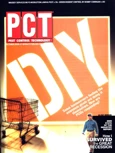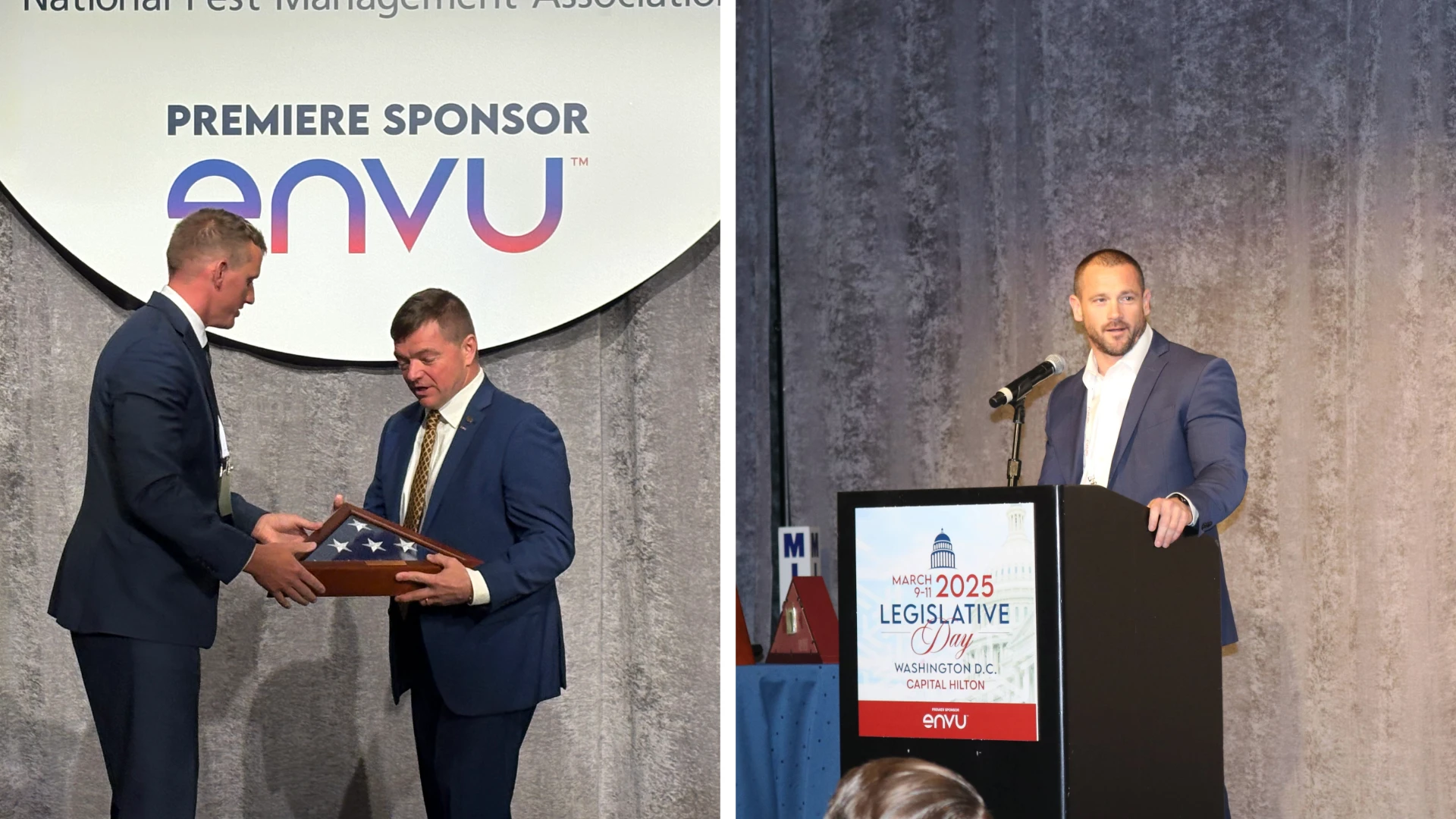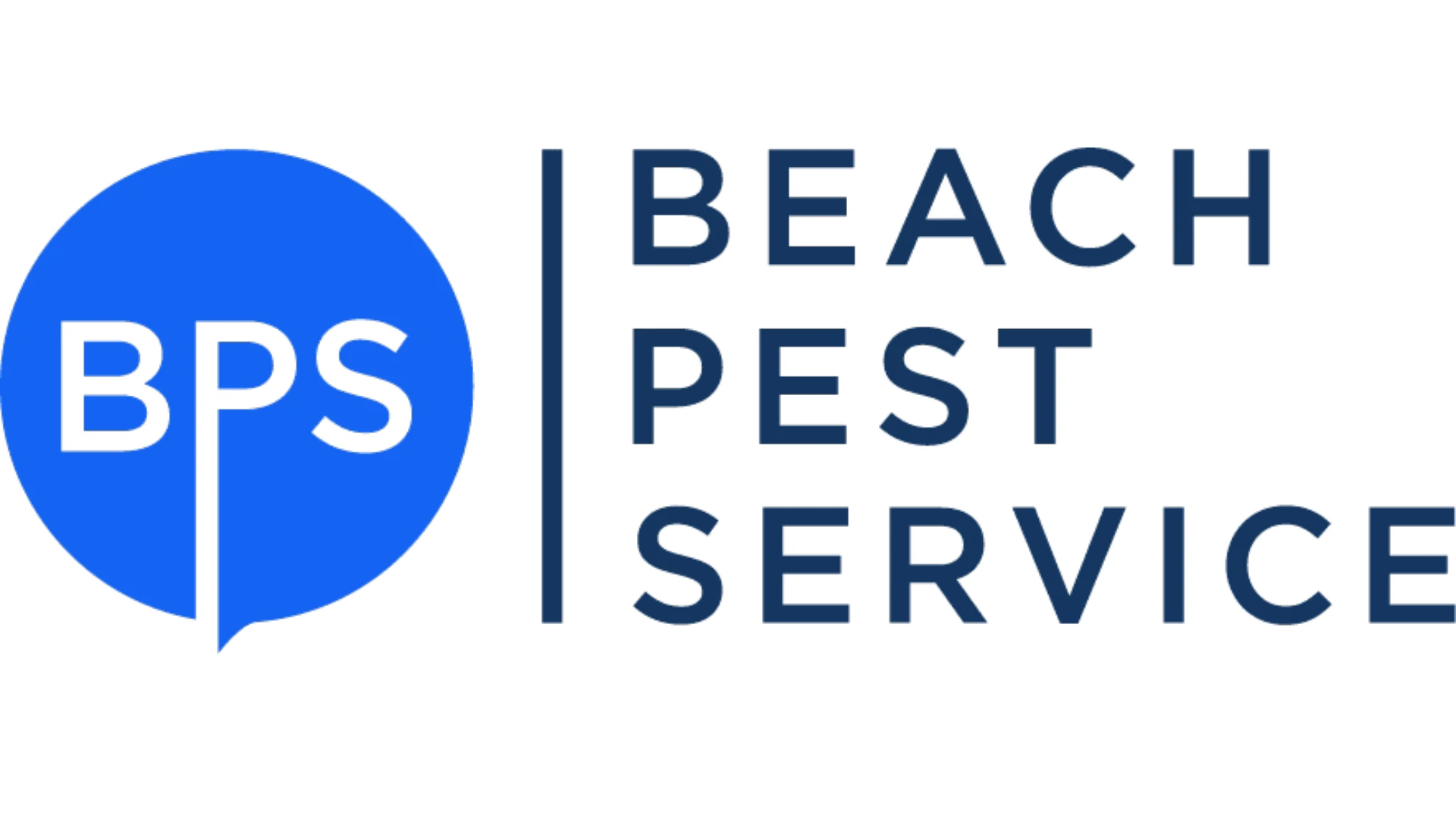As bed bugs continue their rapid spread throughout the United States, there is a greater need to not only learn more about these pests and their control, but to understand the implications of being involved in this line of work. It’s for these reasons that pest management professionals and other industry professionals attended the PCT Bed Bug Seminar in Orlando in August.
Attendees heard from Rick Cooper, technical director of Cooper Pest Solutions, and Christian Hardigree, a bed bug legal aficionado, as well as insurance expert Andy McGinty of LIPCA and industry consultants Jim Warneke and Austin Frishman.
Cooper kicked off the seminar by reviewing the recent history of bed bugs. In Cooper’s opinion, the nationwide outbreak of bed bugs could have been avoided if a public awareness campaign would have been launched 10 years ago, when initial outbreaks were being reported.
A significant challenge with bed bugs is that they still are not classified as a public health pest, although in Cooper’s opinion they should be, noting that “they may not transmit disease, but to people suffering from a bed bug infestation, it is an emotional experience,” he said. For example, Cooper listed several issues people suffering from a bed bug infestation report:
- Embarrassment and/or shame
- Afraid to have guests visit or to visit friends and family
- Loss of property from discarded furniture
- Trouble sleeping and nightmares
- Performance at school/work is affected due to lack of sleep
- Uncontrollable itching and disfiguring scars
While Cooper pointed out that bed bug jobs vary based on any number of factors, including structure type, the clientele inhabiting a building, etc., there are certain things pest management professionals must keep in mind when doing this type of work.
- Always be thinking and evaluating throughout every visit you make
- No two bed bug jobs are the same
- Where are people sleeping?
- What are the various human behaviors in the environment affecting bed bug distribution?
- How were the bed bugs introduced?
- Don’t become complacent — “The minute you become complacent with bed bugs they do something different,” Cooper said. “It’s a lesson we should have learned with cockroaches.”
- Confirm that it is a bed bug infestation. “For example, sometimes clients (or PMPs) mistakenly misidentify bat bugs or brown dog ticks as bed bugs,” he said.
Similarly, Cooper provided attendees with common sense tips when performing: 1) the initial service; and 2) follow-up visits.
“The goal of the initial service is to crash numbers — eliminate as many bugs and eggs as possible within the time we have allotted to us,” Cooper said. “We need to understand the areas of infestation. This is going to require a thorough inspection and a little detective work to understand the behaviors of the people living in that environment.”
In addition to inspecting beds, pest management professionals need to: Identify anyone who sleeps on the floor; identify any other sleeping or resting areas; try to identify the source of introduction; once all of the areas are identified, implement appropriate control measures.
The goal of follow-up visits is to eliminate every last bug, said Cooper, who provided these tips for performing effective follow-up visits:
- Re-inspect all sleeping/resting areas
- Check integrity encasements (note if they are ripped, torn or worn)
- Inspect any areas where bugs were observed on the last visit
- Inspect any areas where the client has seen bugs or believes they suffered bites
- “Step back” and look for things that you may have missed; new items that may have been introduced
- Inform client of any new cooperative measures that are necessary
- Implement chemical and non-chemical measures as necessary
- If a problem persists beyond what you expected, bring in a “new set of eyes.”
LEGAL CONCERNS AND MORE. Attendees then heard from Christian Hardigree, assistant to the president, University of Nevada, Las Vegas, and a former trial attorney who specializes in bed bug litigation. Hardigree reviewed the legal pitfalls inherent in today’s litigious society and discussed key legal and liability aspects of bed bug work.
Hardigree provided attendees with advice for staying out of bed bug-related legal troubles. For example, when arriving on site to perform a bed bug inspection and a customer asks if their residence/property is infested with bed bugs, don’t just look at the suspected insect and say “yes.” “Bag and tag it,” Hardigree suggested, emphasizing the importance of getting a positive ID on the bug (by an expert who can review it under a microscope). Hardigree also reviewed with attendees a list of dos and don’ts (see related article at left).
A common mistake, Hardigree said, is wanting to give second and third chances to an underperforming service professional. In many cases it is better to fire that person.
The afternoon session included presentations from insurance expert Andy McGinty of LIPCA and industry consultants Jim Warneke and Austin Frishman. McGinty, who has been involved in the insurance business for more than 25 years, also provided useful hands-on information, including stressing the importance of inspecting adjacent rooms/property in multi-family/multi-purpose dwellings. “Over half of the lawsuits we’ve dealt with have come not from the rooms that were treated, but from adjacent rooms,” he said.
Warneke, who was responsible for the pest management program for the entire Walt Disney World property in central Florida, shared some of his experiences with bed bugs and reviewed some of the procedures Disney took when dealing with a bed bug infestation. For example, when removing bed bug-infested items from a room (e.g., mattresses, couches) Disney technicians would first entirely wrap up and seal the items in plastic so that bed bugs would not be inadvertently spread.
Longtime consultant Frishman provided 13 challenges for which the pest control industry should be aware. They include:
1. Fatigue in service technicians. “They will burn out. It is hard work. It’s a lot easier to do residential work or pest control in an office building. They may start out enthusiastic, but bed bug work is hard, hard work. Consider rotating your people.”
2. Clutter and lack of cooperation. “It exists and it is a reality, just like it is with cockroach control, so your service has to be on an ongoing basis, whether it’s on a monthly or quarterly basis.”
3. People in charge say it’s not a public health threat. “We know it’s a public health threat, but people in public health don’t see it that way, and it’s because it’s a funding issue.”
4. How you advertise. “One of my hobbies is reading the Yellow Pages throughout the country and I am horrified with what I see from some pest control operators.”
5. Contracts you write up. “What some PCOs are doing now is requiring a separate contract for each apartment.”
6. Bringing bed bugs back into service vehicles, the office and home. “Have a procedure specifically written out for your workers.”
7. Insect phobia. “People thinking they have bed bugs when they do not. You are going to get calls from people with head lice, for example.”
8. Dogs. “Why do I think dogs are a challenge? We are in the state of Florida, and if you follow your WDO forms, like you are supposed to, you could be opening yourself up for liability because you are going beyond what you say. They are going to say, ‘Why didn’t you use the dog on every job? Why didn’t you use the dog to inspect every piece of wood?’ It’s frustrating to me because I know they are a valuable tool.”
9. Overuse of pesticides.
10. Destroying the apartment. “You’re taking the apartment apart. There is the possibility that items can be broken. You need to explain to the client what you will be doing.”
11. Clients taking away items from the apartment (prior to it being serviced). “Clients sneak out items, then bring them back after the service is done, and those are the items that are infested.”
12. Bed bug monitors. “Yes or no? It’s new science, but the question you are going to get is ‘Why did you not use them in all of the places?”
13. Online misinformation. Frishman noted that there is a lot of misinformation out there on products such as Vapona strips. For example, there are online discussions about Vapona being corrosive to electronics. Industry consultant Paul Bello said the DDVP in the Nuvan Pro Strips is never going to build up to a concentration level that is going to create any corrosive residue on printed circuit boards.
The author is Internet editor and managing editor of PCT and can be contacted at bharbison@giemedia.com.
*****
Bed Bug Dos and Don’ts
Want to stay out of bed bug legal trouble? Follow these dos and don’ts provided by attorney Christian Hardigree at PCT’s Bed Bug Seminar.
Don’t:
- Ignore a complaint
- Assume a person is lying
- Overstate effectiveness of a treatment
- Misrepresent costs
- Ignore early signs of an infestation
- Be rude to the customer
- Blame others
Do:
- Educate the client
- Encourage education of their clientele
- Be detailed, honest and thorough
- Document (for example, use a 35 mm camera when taking pictures because digital images can be altered)
- Make sure you sign all documents and get signatures
- Review all documents and advertising with an attorney. “Hire an attorney before getting into this line of work.”
- Be responsive when you become aware that a technician is making mistakes.
*****
NPMA Announces Canine
INSECT Detection Division
To provide a forum for members who use dogs to detect the presence of insects, NPMA is partnering with the National Entomology Scent Detection Association (NESDCA) to form the Canine Insect Detection Division. Canines have long been used for materials detection, such as drugs and explosives, and have been used for termite detection for over a decade. Recently, bed bug detecting dogs have gained popularity, and it is estimated that more than 100 insect detection canines are used in the United States.
Committee members include: J. Louis Witherington, Falcon Termite & Pest Control, Inc. (Chair); Shane James, James Pest Management, Inc. (Co-Chair); Sara Hastie, Hunter Detection Services, Inc.; Phil Koehler, University of Florida/IFAS; Faith Oi, University of Florida/IFAS; Pepe Peruyero, J&K Canine Academy; Brian Taggart, A & C Exterminating Corporation; Jim Warneke, consultant; and Greg Baumann, National Pest Management Association (Staff Liaison).
The first meeting of the group will take place this month at NPMA PestWorld 2009.
*****
Purity Pest Control’s K-9 Division Featured on Discovery Channel
Vaughan, Ontario, Canada-based Purity Pest Control Limited and Common Scents Solutions were the subjects of a 2009 episode of “Daily Planet” on the Discovery Channel.
“The host of Daily Planet, Ziya Tong, camera men and the producer of the show spent seven hours with us filming Kody and me doing bed bug training, feeding bed bugs and interviews,” said Michael Goldman, president and lead handler and trainer for Purity Pest Control’s K-9 division.
“It’s amazing what goes on behind the scenes and the time and resources it takes for a 6.5-minute segment. I guess that’s why their show is so professionally done,” said Goldman. “The media attention we have received in recent months has been a huge windfall for our company. It is due, in part, because we use dogs to detect bed bugs, but more importantly because of the increase in the bed bug problem that has become systemic around the world.”
Goldman, who sits on the City of Toronto Bed Bug Steering Committee on behalf of the Structural Pest Management Association of Ontario, says that Toronto should be congratulated for all the hard work and outreach they have undertaken in an attempt to get a handle on the severe bed bug infestation that is plaguing the city. “This Daily Planet segment will hopefully enlighten and educate the public about the increase and severity of bed bugs.”

Explore the October 2009 Issue
Check out more from this issue and find your next story to read.
Latest from Pest Control Technology
- Understanding Rodents and Bird Flu
- Green Pest Solutions Awards Safest Driver New 2025 Ford F150
- UF/IFAS Sheds Light on Tiny Invaders During Termite Awareness Week
- Registration Open for Lawn & Landscape Technology Conference
- Fleetio Launches Automotive Service Excellence Scholarship
- WorkWave Appoints John Phelan as CTO
- PMPs Use Capitol Hill Visits to Push for Preemption
- 20 Trapping Tips





